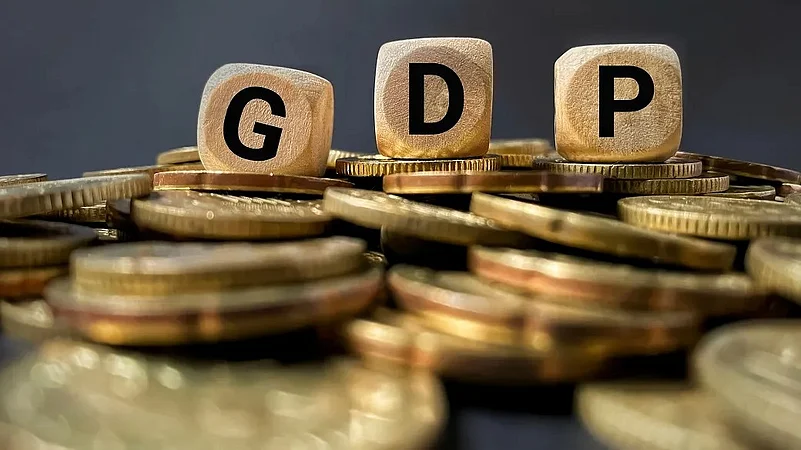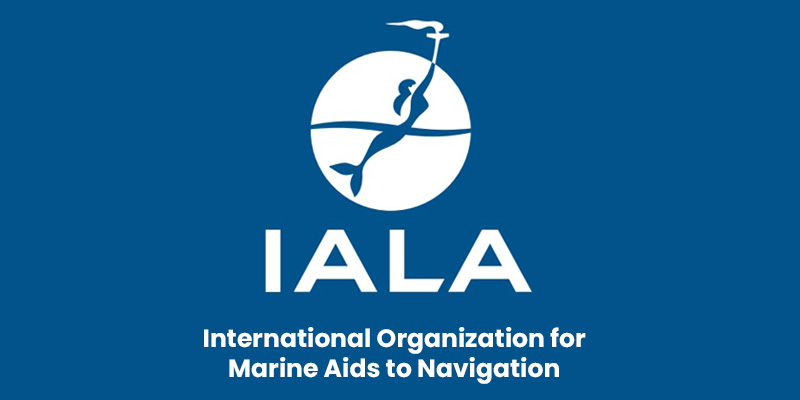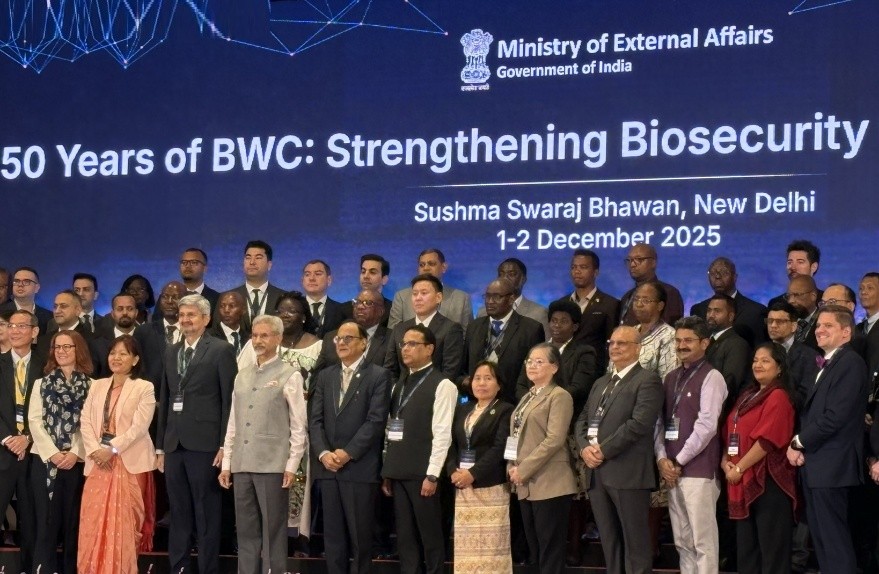Font size:
Print
India’s Delay to 2035 NDC Submission
Context:
India is likely to miss the February 10, 2025 deadline for submitting its updated Nationally Determined Contributions (NDCs) under the Paris Agreement.
More in News
- The 2035 NDC is expected to be submitted closer to COP30 in Brazil (November 2025).
- The delay aligns with India’s strategic approach, as there are no penalties for late submissions.
- India is not alone in missing the deadline, as several developed countries have also not submitted their 2035 NDCs.
Background on Paris Agreement and NDCs
- The Paris Agreement mandates countries to update their NDCs every five years.
India’s Progress in Achieving 2030 NDC Targets
- India is on track to meet its 2030 commitments ahead of schedule:
- Emissions intensity of GDP has already seen significant reductions.
- Non-fossil fuel capacity is expanding rapidly, with solar and wind power capacity increasing.
- Forest and tree cover enhancement programs have been implemented effectively.
- This progress provides India with leverage in climate negotiations, showcasing its commitment despite funding constraints
- India’s current NDCs, submitted in 2020, outline climate commitments for 2030.
- The three main commitments include:
- Reducing emissions intensity of GDP by 45% from 2005 levels.
- Ensuring 50% of electricity generation capacity from non-fossil sources.
- Enhancing forest and tree cover to absorb an additional 2.5-3 billion tonnes of CO₂.
- The next submission for 2035 must show a progression over the 2030 targets.
Reasons for Delay in India’s NDC Submission
- Disappointment with Climate Finance at COP29
-
- COP29 in Baku resulted in a weak climate finance agreement, with developed countries committing only $300 billion per year from 2035, far below the $1 trillion annual demand by developing nations.
- India criticised the final outcome as “abysmally poor,” arguing that inadequate financial support hampers ambitious climate action.
- Developing countries require financial and technological assistance to achieve their climate goals under the principle of Common but Differentiated Responsibilities (CBDR).
- Strategic Posture for COP33 in 2028
-
- India has announced its intention to host COP33 in 2028.
- Historically, host countries introduce new climate initiatives to showcase leadership.
- By holding back on aggressive commitments now, India may introduce enhanced targets closer to 2028 to strengthen its global positioning.
Impact of Climate Finance Shortfall on India’s 2035 NDC
Economic Survey and India’s Revised Climate Targets
- The Economic Survey 2024-25 highlights concerns regarding the impact of inadequate climate finance.
- It notes that domestic resources must be balanced between development needs and climate action.
- A shortfall in funding could undermine progress towards sustainable development goals (SDGs) and weaken international climate cooperation.
- India may adopt a phased approach, with modest near-term commitments and scope for future enhancements.
- Insufficient climate finance forces India to rely on domestic resources for climate action.
- The shortfall may lead to a re-prioritisation of climate goals, focusing on realistic, self-funded actions.
- India may emphasise adaptation measures over mitigation due to funding constraints.
Conclusion
- India’s delayed submission reflects both strategic considerations and concerns over climate finance inadequacies. While its 2035 NDC will demonstrate progress over 2030, it is unlikely to be significantly ambitious without stronger financial commitments from developed nations.
- By reserving ambitious announcements for COP33 in 2028, India aims to maximise its negotiating leverage and showcase leadership on the global stage.
- India’s climate strategy remains rooted in pragmatism, balancing economic growth, energy security, and sustainable development while advocating for climate justice on the international stage.


